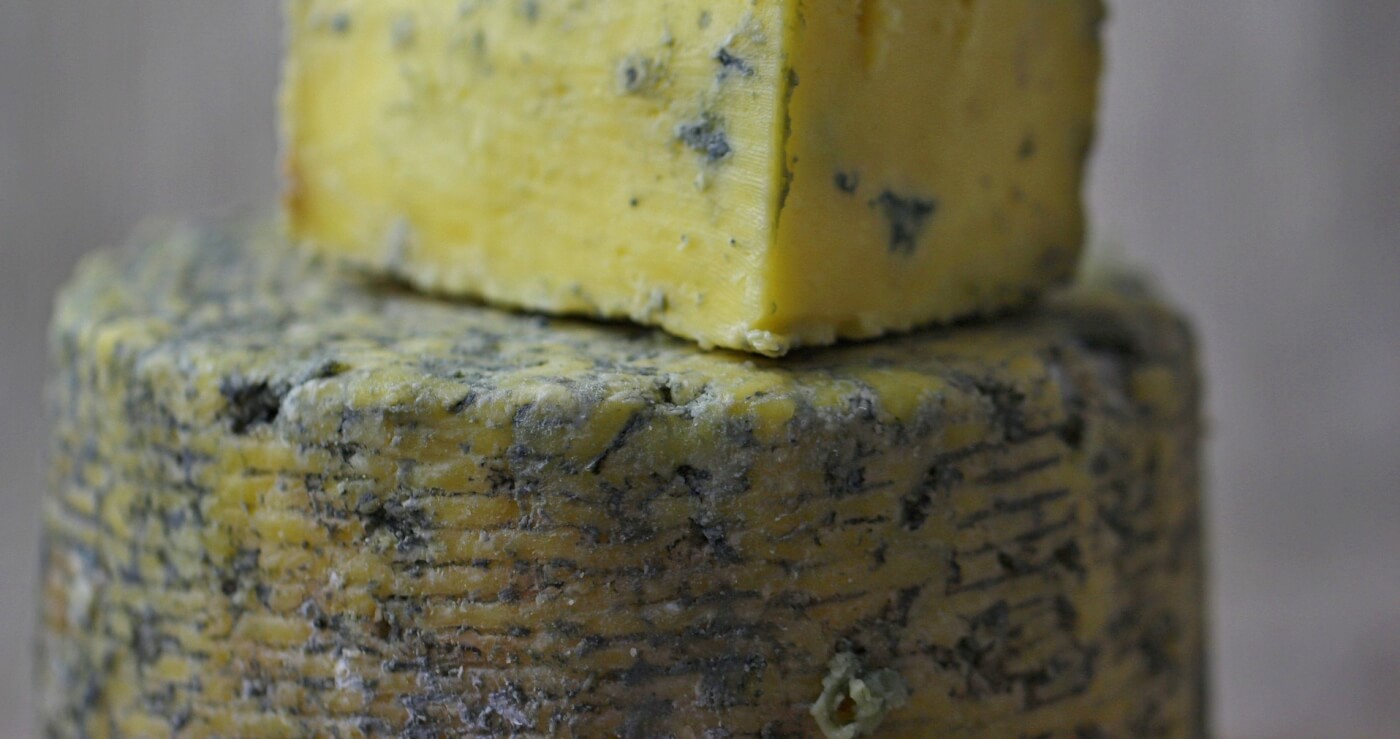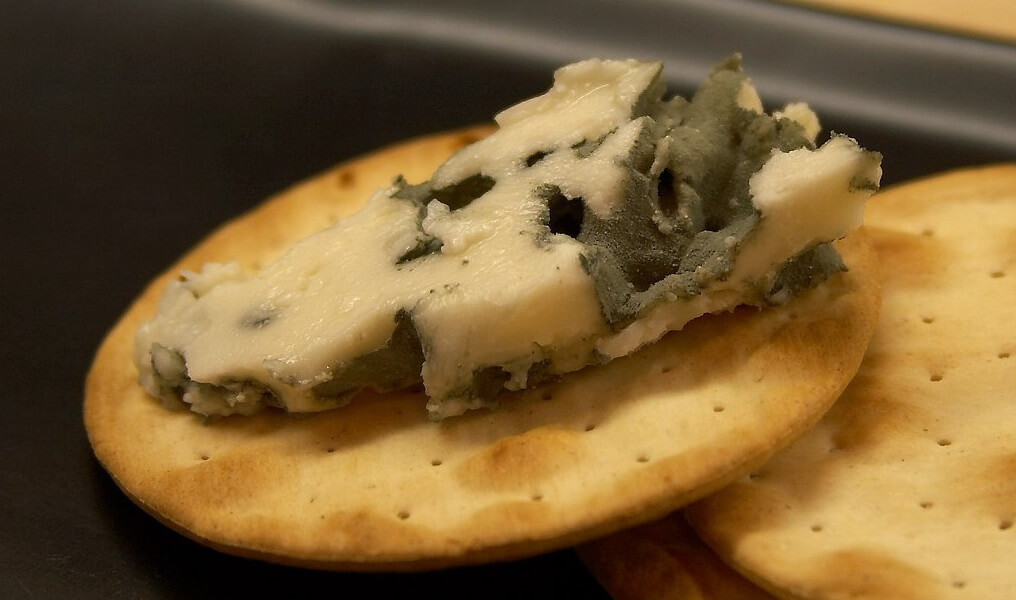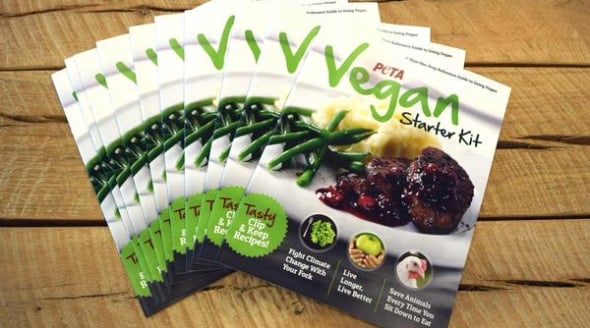9 Gross Facts About Cheese for #Februdairy
This year, the dairy industry has rebranded February as “Februdairy” – a desperate attempt to counter the success of Veganuary. Supporters of the industry are being urged to share information about cows’ milk, cheese, and other dairy “products” on social media – so we thought we’d join in with a few facts of our own.

British people consume 700,000 tonnes of cheese per year – that’s more than 10 kilograms per person. But a host of new evidence – including in The Cheese Trap, a recent book by leading clinical researcher Dr Neal Barnard – suggests that people might want to rethink this habit. Here are some of the key points:
-
Cheese is swimming in saturated fat
Typical cheeses derive 70 per cent of their calories from fat, while cream cheese is a whopping 90 per cent fat. This makes it so greasy that it’s basically the nutritional equivalent of Vaseline.
-
It’s “dairy crack”
If you’ve ever complained that cheese is addictive, you may not have realised how right you were. During digestion, it releases chemicals called casomorphins, which can make their way into your brain and become attached to the same opiate receptors that heroin and some other narcotics attach themselves to.
-
Cows are sexually assaulted during the cheese-making process
Like humans, cows produce milk only when they’re pregnant or nursing, so in order to keep the milk flowing at peak levels, farmers repeatedly artificially inseminate them by jamming an arm into their rectums up to the elbow and shoving syringes into their vaginas.
-
Cheese and milk are the largest dietary sources of oestrogen
Cows on modern dairy farms are kept almost constantly pregnant. Like pregnant women, their bodies are cranking out hormones, some of which are excreted in their milk. Studies have shown an increased risk of breast cancer in women and poor fertility in men who regularly consume dairy foods. In two Harvard University studies, dairy consumption was linked to a significantly higher risk of prostate cancer.
-
Cheese is teeming with bacteria
Some of it’s benign, but some is pretty unpleasant. For example, the same family of bacteria that makes Limburger and Muenster cheeses smell so bad – Brevibacterium linens – is what makes your feet stink.
-
It’s mouldier than a damp cellar
Cheesemakers spray the outside of soft, slimy cheeses such as Brie with mould in order to create a white rind. The blue colour of Stilton and Gorgonzola comes from penicillium mould.
-
Maggots love it
In Sardinia and Corsica, flies are allowed to lay eggs in pecorino. The rotting cheese, called casu marzu, is then eaten – maggots and all.
-
Some varieties are made using calves’ stomach lining
Rennet, an enzyme used to curdle certain cheeses, is often taken from the lining of calves’ stomachs. So in addition to stealing their milk, the dairy industry also steals their stomachs. Male calves, who are considered a useless “by-product” by the industry, are typically slaughtered for veal at just a few months old. Even female cows are “lucky” if they live past the age of 5.
-
It contains more sodium than crisps do
A typical serving of crisps contains 330 milligrams of sodium, while a serving of Cheddar cheese has 350, and Edam packs 500.
What You Can Do
The good news is that you don’t need dairy-based cheese! More and more vegan cheeses are appearing on supermarket shelves and in chain restaurants such as Pizza Hut, so it’s never been easier to satisfy your cravings without harming animals.
Order one of PETA’s free vegan starter kits today for tips and guidance on ditching cheese and other animal-derived foods:





